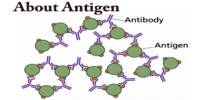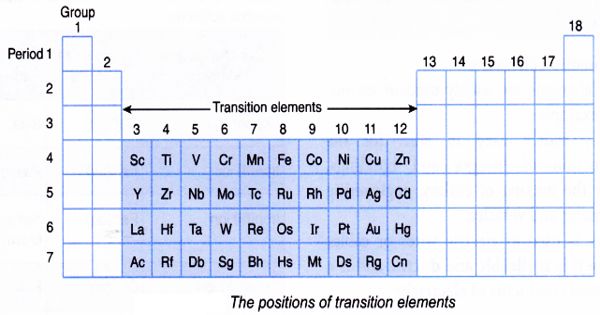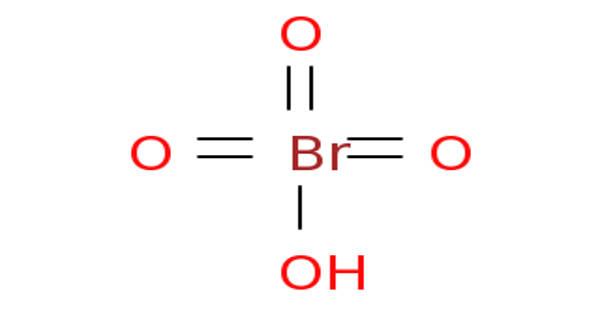The mineral type of potassium nitrate is Saltpetre, also spelled Saltpeter, also known as Niter, or Nitre (mainly British). It is one of three naturally occurring nitrates, classified as (1) ordinary saltpeter, or potassium nitrate, KNO3; (2) chile saltpeter, cubic nitrate, or sodium nitrate, NaNO3; and (3) lime saltpeter, wall saltpeter, or calcium nitrate, Ca(NO3)2, respectively. These three nitrates typically occur in the presence of alkali and alkaline earth as efflorescences induced by oxidation of nitrogenous matter. Historically, the term niter was not well distinguished from natrons, both of which were rather loosely defined but usually apply to sodium or potassium compounds joined with carbonate or nitrate ions.
Potassium nitrate occurs as crusts on the surface of the world, on walls and rocks, and in caves; and it forms in certain soils in Spain, Italy, Egypt, Iran, and India. Related minerals are nitrate (sodium nitrate), ammonia niter or gwihabaite (ammonium nitrate), nitrostrontianite (strontium nitrate), nitrocalcite (calcium nitrate), nitromagnesite (magnesium nitrate), nitrobarite (barium nitrate) and two copper nitrates, gerhardtite and buttgenbachite; of course, all of the natural elements within the first three columns of the table and various other cations form nitrates which are uncommonly found for the explanations given but are described. The deposits in great Kentucky, Virginia, and Indiana limestone caves were possibly derived from the overlying soil and deposited by water percolation.
Saltpetre or Niter was commonly used to refer to nitrated salts known as different forms of saltpeter (only nitrated salts were good for gunpowder production) by the time niter was first used and its derivative nitric acid was first used to label the element nitrogen in 1790. In the past, the demand for saltpetre as a gunpowder ingredient led to the production of saltpetre or nitriaries popular in France, Germany, and other countries; the natural conditions were replicated by exposing heaps of declining organic matter mixed with alkalis (lime, etc.) to atmospheric action. Much of the world’s demand is now met by synthetically produced nitrates, though the natural mineral remains mined and continues to be of great commercial value.

In the orthorhombic crystal structure, Saltpetre or Niter is a colorless to the white crystallizing mineral. Potassium nitrate was used in many different diseased conditions at one time, especially asthma; but now it is rarely used in medicine, except as a diuretic. The supposed usefulness as a drug to suppress sexual desire is just fictional. Occasionally it appears as groups of prismatic acicular crystals, and individual crystals also exhibit twinning. Niter and other nitrates can also be produced in combination with guano deposits and related organic matter.
Sodium nitrate occurs, under the identical conditions as ordinary saltpetre, in deposits covering immense areas in South America, abounding especially within the regions of Tarapacá and Antofagasta in Chile. The chief applications of Chile saltpetre are within the acid industry and particularly as a fertilizer. The nitre beds were large rectangles of rotted manure and grass, moistened frequently with feces, “dung water”, and private liquid, cesspools, and drains, and periodically turned over. The method had been developed to produce saltpeter, a gunpowder ingredient required by the Confederate Army during the Civil War.
A major source of sodium nitrate mineral (“Chile saltpeter” or nitratine) is that the desert in Chile. Potassium and other nitrates are of great importance to be used in fertilizers and, historically, gunpowder. Calcium nitrate was once popular on the walls of stables as efflorescence; now it is made from atmospheric nitrogen. Its primary uses are in the nitric acid industry and as manure.
Information Sources:
















